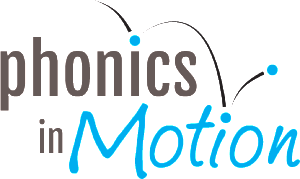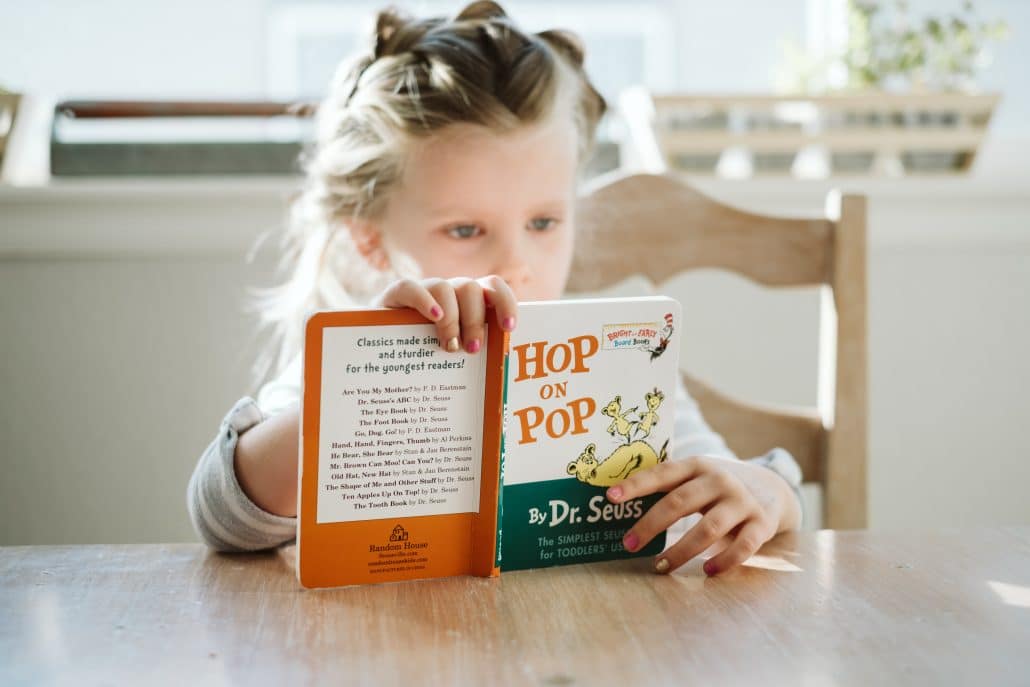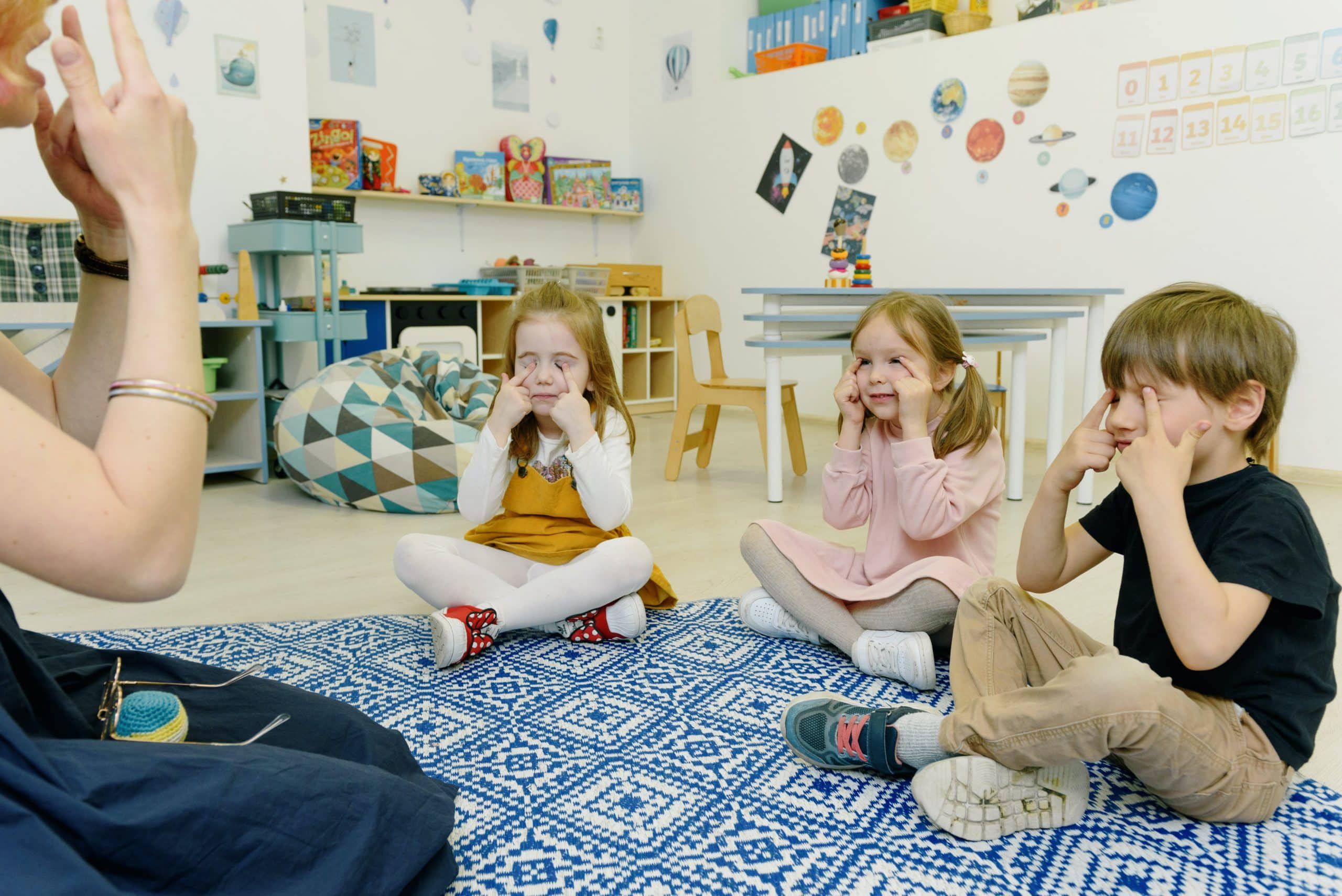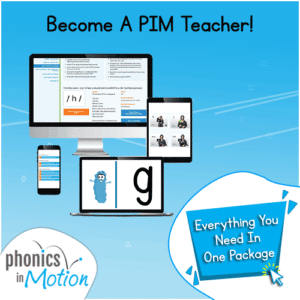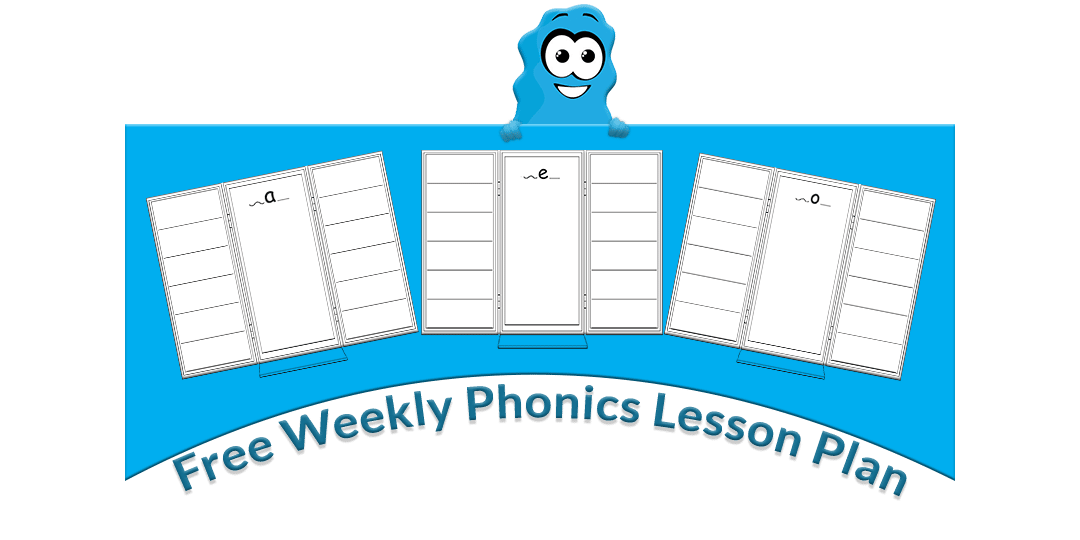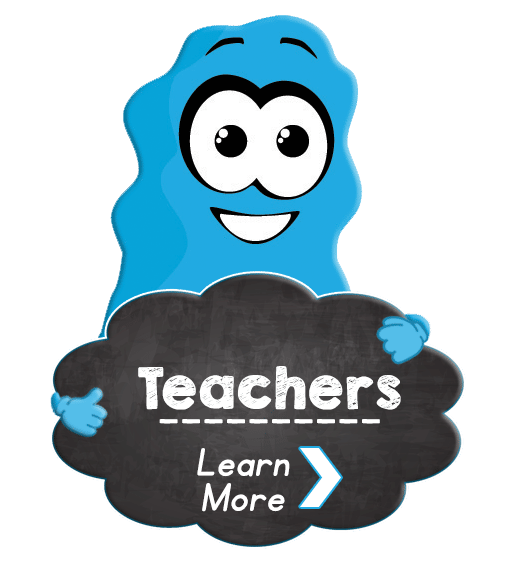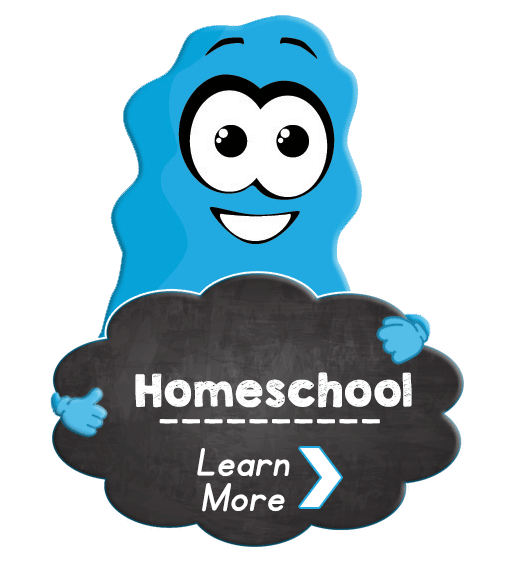How To Help A Child Struggling With Reading and Writing
How To Help A Child Struggling With Reading and Writing
In your classroom, you may find yourself faced with a child struggling with reading and writing. The reasons for this are wide-ranging, as anything from lack of literacy exposure to difficulty with the ability to hear and record sounds can impact early literacy.
The problem is that typical literacy instruction can thwart the development of a child struggling with reading and writing. Many young children fail to make the connections between isolated skills they learn to encourage meaningful literacy interactions. Unfortunately, they become tasks to perform, much like cleaning your room or taking out the trash.
Since 68% of fourth-grade students cannot read at grade-level proficiency, the methods used to teach this important life-long skill must change.
A child struggling with reading and writing needs to enjoy learning and have access at their own level. They need to be engaged, use all of their modalities, and have fun learning.
What is being done in schools?
Districts often adopt one-size-fits-all programming for early literacy and do not target specific needs of a child struggling with reading and writing. The problem with this strategy is that learning to read is not a sum of all its parts.
Often, weaknesses are targeted by pulling children out of the classroom to work on skills. Children are left to integrate the parts, such as phonics skills, into literacy as a whole. This is difficult, especially for a child struggling with reading and writing.
Teachers need to know the individual as a reader and writer. Instruction must engage the reader and make literacy meaningful and fun and a vehicle for belonging, not being isolated.
Imagine that you are taking a course, and the instructor doesn’t show you how to merge all of the topics together. Pretty complicated to figure out, right?
The beginning of Phonics in Motion
Phonics In Motion was developed in response to the children’s needs in my classroom. At first, it was just about making learning fun to help capture their attention. Then I added kinesthetic motions (KMPs) for sound development and the Language Calendar to connect the ability to write to the children’s experiences and model meaningful written language daily to my existing practice.
This success drove me to study the significance of the components. My research supported the use of graphic organizers and the kinesthetic modality, the importance of a concrete marker for Phonemic Awareness, and the significance of modeling authentically. Plus, research supported the use of poetry and song for fluency development, as well as sound and sight word learning.
“Parents reported their kindergarteners using their motions to read print while riding in the car and at the grocery store. (From an article I wrote about Parent Involvement, 2010…Reading Teacher)”
A child struggling with reading and writing: how PIM can help
PIM provides teachers a platform for observing children’s needs in the moment. While marking on the Language Calendar, a child struggling with reading and writing might demonstrate the beginning sound of a word. At the same time, the teacher might focus a more advanced student on the silent -e or a more sophisticated sight word.
“A group of children were journaling in a first-grade classroom, and a student remarked that he didn’t know how to spell a word. The other two children made the motions with him for the word. He then did the motions himself and recorded his message. However, this student was pulled out during the day for targeted letter and sound work. The motions allowed him to be a part of the group – to belong.”
Teachers are able to integrate KMPs into content-area instruction to support the skills to read and write. The routine of using the KMPs and marking on the calendar synthesizes learning and connects language to the children’s world. Teachers report that they add the routine to their adopted programming and witness the success.
“Parents shared that their children sang the poems and rhymes at home, using the KMPs. They taught their siblings and the grandparents the KMPs too.”
Is your child struggling with reading and writing?
Children remember if they are engaged, moving, and having fun. They want and need this interaction! Phonics in Motion is not just for a child struggling with reading and writing. It works just as well for students who are excelling.
If you’re a teacher or administrator interested in learning more about how to incorporate the Phonics in Motion system into your classroom or school, get started now.
